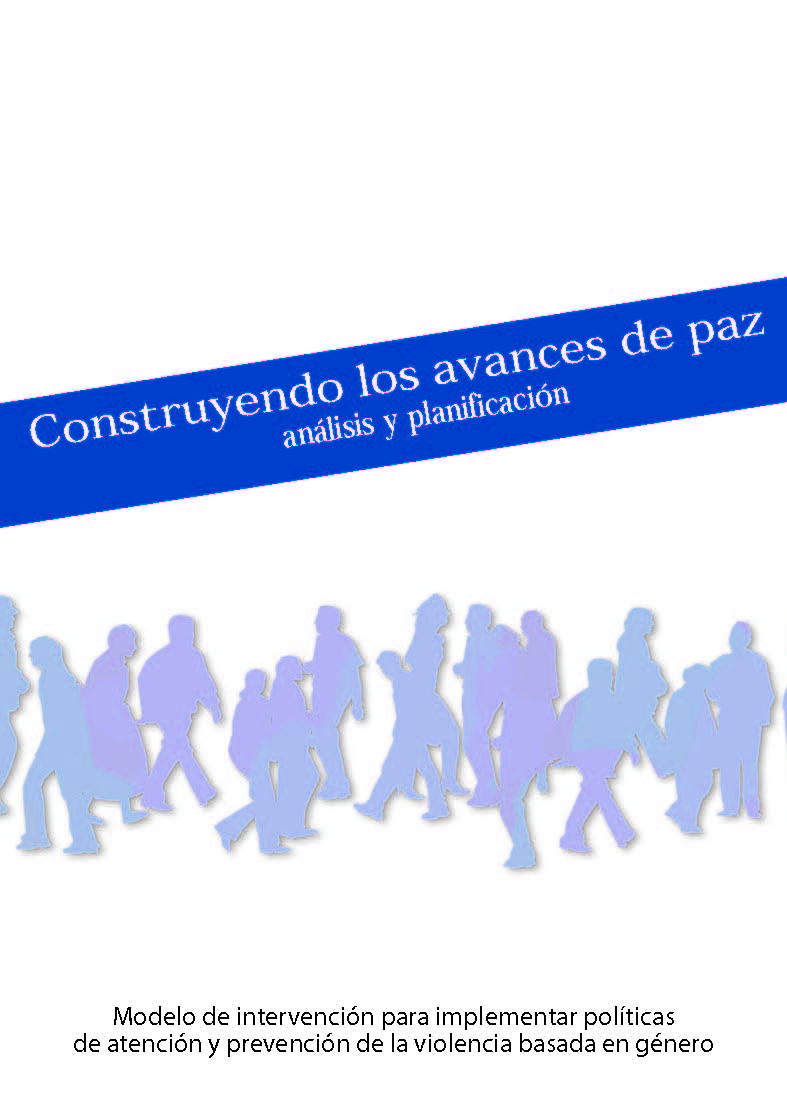This is a methodological guide on analysis and planning for gender-based violence prevention projects. It was developed as part of the Avances de Paz project, a project working against gender-based violence in Bolivia. Find other guides from the project here and here.
The first step in the process was recognizing the presence of this type of violence in their community. Now it is necessary to facilitate spaces in which they try to unravel the problem in a careful way to understand its origin, its nature, and its consequences. Often, we find social behaviors that not only accept the occurrences of violence, but that promote it consciously or unconsciously. Having identified its occurrence and the negative impact it has on the community, how do we to facilitate the analysis of such a complex issue? It is necessary to return to the diagnosis. The facilitating team must systematize the reflections and assessments made in Phase 1 by all the groups of a community and return this information to the participants in an orderly manner. The aim is to examine – in the sessions of Phase 2 – the perceptions about gender-based violence, its root causes and consequences, how it affects different people in different ways and why, and what kind of institutional responses exist in the community and how they work.
————-
Reconocer la presencia de este tipo de violencia en su comunidad fue un primer paso importantísimo en el proceso. Ahora toca facilitar espacios en los que intenten desentrañar la problemática de manera cuidadosa para entender su origen, su naturaleza y sus consecuencias. Con frecuencia, encontramos una conducta social que no sólo acepta la ocurrencia de la violencia, sino que la fomenta consciente o inconscientemente.
Habiendo identificado su ocurrencia y el impacto negativo que ocasiona en la comunidad, será necesario. ¿Cómo facilitar el análisis de un tema tan complejo? Es preciso volver al diagnóstico. El equipo facilitador deberá sistematizar las reflexiones y apreciaciones realizadas en la Fase 1 por todos los grupos de una comunidad y devolver esta información a las y los participantes de manera ordenada. Se trata de examinar -en las sesiones de la Fase 2- las percepciones en torno a la violencia basada en género, sus raíces y consecuencias, cómo afecta de diferentes maneras a diferentes personas y por qué, qué tipo de respuestas institucionales existen en la comunidad y cómo funcionan.

